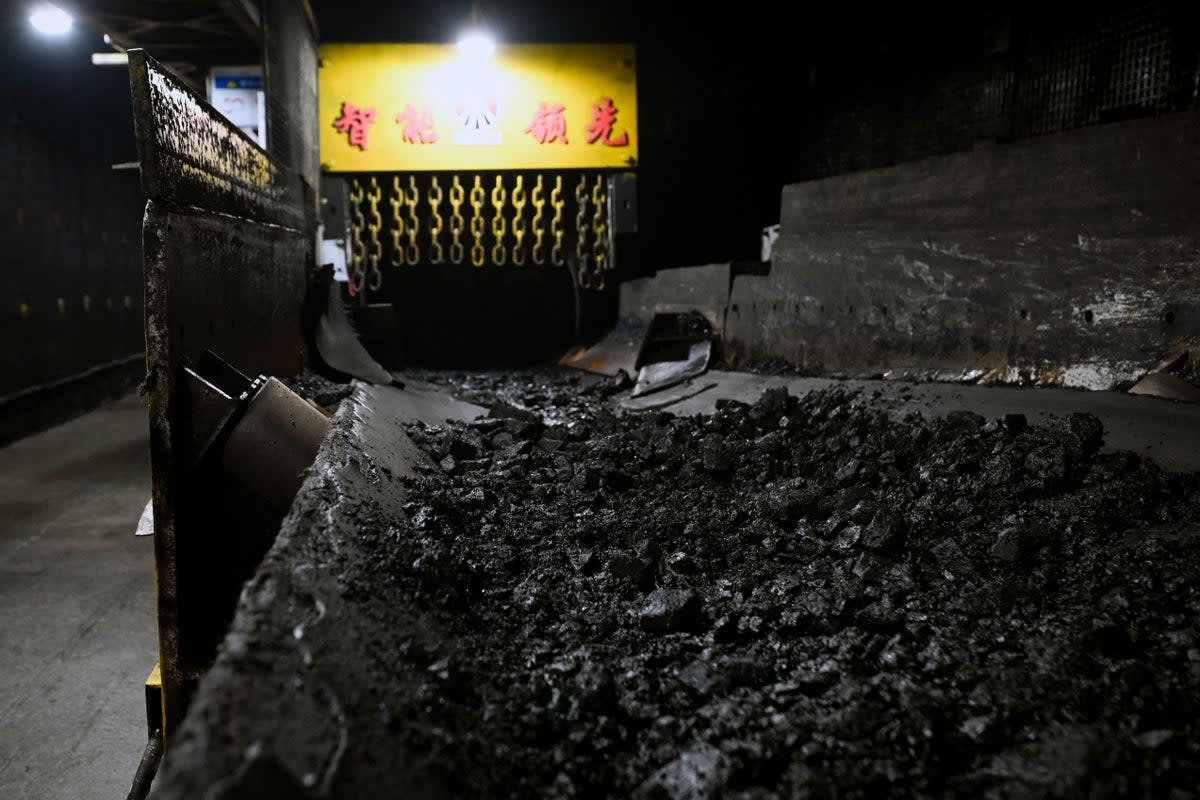China’s coal power emissions per capita increased more than any other G20 country in 2015-2022

China has witnessed the largest increase in per capita emissions from coal power among all G20 countries between 2015 and 2022, according to a new report that assesses the pollution caused by the world’s 20 leading economies ahead of the summit.
The research published on Tuesday by climate think tank Ember shows that while most of the G20 countries reduced the pollution caused by coal – the dirtiest of all fossil fuels – China’s carbon emissions went up by 30 per cent in 2022, as compared to 2015.
China emitted 3.10 tonnes of carbon from burning coal for electricity per head of population last year, up from 2.38 tonnes in 2015, the report said.
This increase of 0.72 tonnes was the highest among the six G20 countries whose emissions went up in the seven-year period, though Turkey’s and Indonesia’s rose more in percentage terms.
That makes China one of the top three biggest polluters from coal power on a per capita basis. However, Australia and South Korea remained the top emitters in 2022, despite achieving reductions of 26 per cent and 10 per cent respectively since 2015.
Both countries released 4.14 tonnes and 3.27 tonnes of carbon from coal respectively.
“China and India are often blamed as the world’s big coal power polluters. But when you take population into account, South Korea and Australia were the worst polluters still in 2022,” Dave Jones, global insights lead at Ember, said.
“As mature economies, they should be scaling up renewable electricity ambitiously and confidently enough to enable coal to be phased out by 2030.”
However, Mr Jones added that the increase in China’s per capita emissions is also worrisome.
“I think the main concern is what this country’s ranking will look like in the future. Australia and South Korea’s coal power will fall substantially this decade, soon leaving China at the top of the ranking,” said Mr Jones.
“The next countries (ranked by per capita emissions) – South Africa, Japan, the US and Germany – will also fall, leaving a very large gap between China and the rest of the world, unless China makes significant progress to cut coal power itself.”
China’s per-person emissions last year were almost double the 1.6-tonne average across G20 members and virtually three times the average of 1.1 tonnes of carbon dioxide emitted by every person worldwide.
While the world’s largest greenhouse gas emitter has pledged to start phasing out coal from 2026 in order to meet its 2060 net zero pledge, it is yet to unveil a detailed plan for it. But the country is on track to meet its renewable energy capacity target ahead of time, according to non-profit Global Energy Monitor.

Meanwhile, India’s coal power emissions also rose from 0.62 tonnes per person in 2015 to 0.80 tonnes seven years later, Ember found.
While the country has set ambitious targets for transition to renewables, the south Asian nation had to ramp up its electricity production this summer to meet the electricity demands amid worsening heatwaves.
“India, as the host of the G20 summit, has the opportunity to assume climate leadership in the G20 and hold the bloc accountable,” Ember’s Asia programme lead, Aditya Lolla, said.
“India’s plans to ramp up renewable energy seem to align well with the Cop28 president’s call for tripling renewables by 2030. India’s early backing to this call can not only influence the G20 into action but also ensure that the developed countries bring their per capita emissions down.”
The report was released ahead of the G20 summit set to be held in Delhi this week where leaders and representatives of the 20 largest and fastest-growing economies, which account for 80 per cent of global greenhouse gas emissions, will assemble to discuss the biggest challenges facing the world, including the onslaught of climate crisis.

The outcome of the event will carve the path for what can be expected in the UN Cop28 climate summit in November. However, the countries are yet to reach a consensus on taking transformative climate actions.
“The G20 nations are at a critical juncture to show leadership and drive global actions to end fossil fuels, and usher in an era of clean power. As the world’s largest economies, the G20 has the opportunity to prepare the scene at the G20 Summit for determined actions,” the report said.
While the report noted that 12 of the group of 20 nations saw their per capita emissions decline as they shifted towards clean energy sources, the transition to renewable energy is still not fast enough even as the world shatters records for hottest temperatures this year.
There are differences between major fossil fuel producers on several issues, including the language on “phasing down” fossil fuels, the proposal to triple G20 countries’ renewable energy capacity by 2030 and several others.

